The Persona series of games have become a beloved group of RPGs. The series is a spin-off from Atlas’ Shin Megami Tensei series and focuses not just on traditional RPG gameplay but also plays up the party’s social relationships. Many Persona games reward you for pursuing sidequests with your other party members, which will unlock new items, in-battle functions, or cutscenes.
The Persona games all take place in the same universe, so it may be a good idea to play the games in order so that you best understand the story. We have assembled the Persona games not just in chronological order as it pertains to the story, but in release order as well.
All Persona Games in Chronological Order
Shin Megami Tensei: Persona (1996)
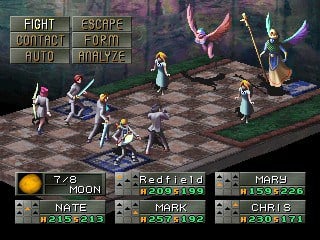
The very first Persona game set the stage for the SMT spin-off series. This game established the Persona summoning system, the high school story setting, and a grid-based combat system.
Shin Megami Tensei: Persona 2 – Innocent Sin (1999)
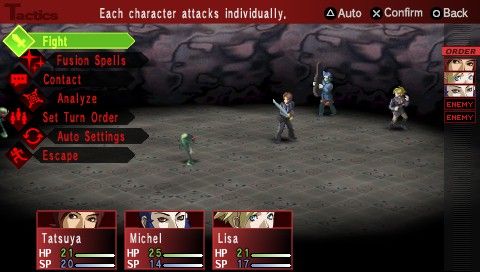
Persona 2 was split into two parts and Innocent Sin was the first part. Players assumed the role of Tatsuya, a high school senior who joins up with his classmates to investigate the strange happenings occurring around the school. Persona 2 kept many of the same elements from the first game but was more forgiving with save points and improved load times.
Persona 2 – Eternal Punishment (2000)
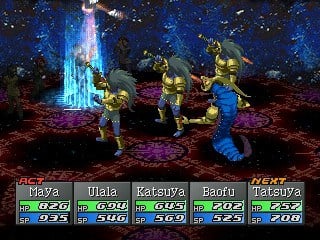
One year later, Eternal Punishment was released, completing Persona 2’s narrative. In this game, you assume the role of reporter Maya Amano, a supporting character from the first game, as she investigates “The Joker Curse.” Eternal Punishment added new gameplay features such as the Rumor system that affected in-game events either positively or negatively depending on the player’s input. It also streamlined the game’s combat system, especially its menus, and was more challenging than its predecessor.
Shin Megami Tensei: Persona 3 (2006)
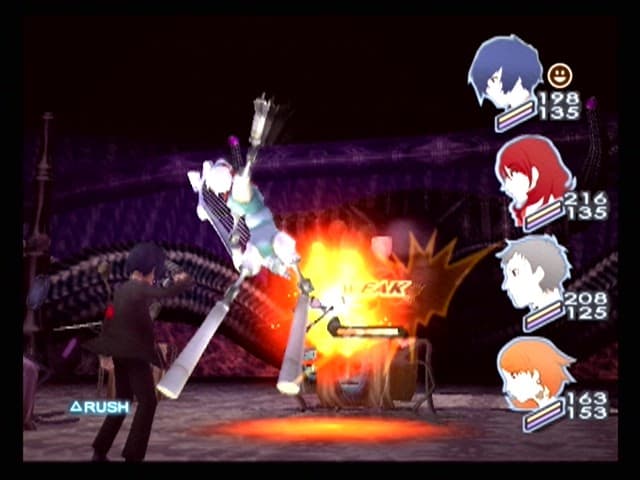
It took six years for the next Persona title to release — but it was well worth the wait. For many Persona fans, Persona 3 is their absolute favorite game in the series, thanks to its drastic upgrades to the gameplay system and adding a new slice-of-life simulation system call the “Social Links.” By spending time with other characters and building up relationships, the character’s Social Link grows. This means more rewards are unlocked, including the ability to create new Personas. This game also started the trope of entering the game’s central dungeon at night.
You play as a silent protagonist who joins an elite group of high-schoolers called the Specialized Extracurricular Execution Squad, or SEES. Their goal is to investigate and explore Tartarus, a giant tower that houses powerful Shadows, and defeat the twelve greater Shadows in order to save the city once and for all.
Shin Megami Tensei: Persona 3 FES (2007)
An add-on disc called FES released in 2007. This game served as an epilogue to the main game and allowed players to control the character Aigis. Players could either import their save from the main game or start from scratch in the “Regular Edition,” which contained new dialogue.
Shin Megami Tensei: Persona 3 Portable (2009)
Persona 3 Portable was an enhanced remaster of the original game for the PSP. The game allowed players to select a female protagonist, which slightly changed some story beats and social links. New difficulty levels are also provided to challenge returning players.
Most notably, the combat system now resembles Persona 4’s, allowing the player to control each party member, rather than relying on the CPU to control the party. A new guard mechanic was also implemented, where other characters would give up their lives for the protagonist.
Persona Q: Shadow of the Labyrinth (2014)
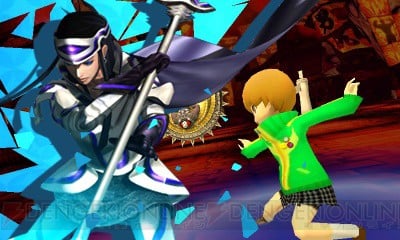
Persona Q combined the casts from Persona 3 and Persona 4 to create a dungeon-crawling all-star game of sorts. The Persona 4 Investigation Team is pulled into an alternate dimension where they meet the Persona 3 team and work together to find a way back home. The series combines elements of the Persona series with gameplay elements found in other dungeon crawlers like Etrian Odyssey, another Atlus title.
Shin Megami Tensei: Persona 4 (2008)
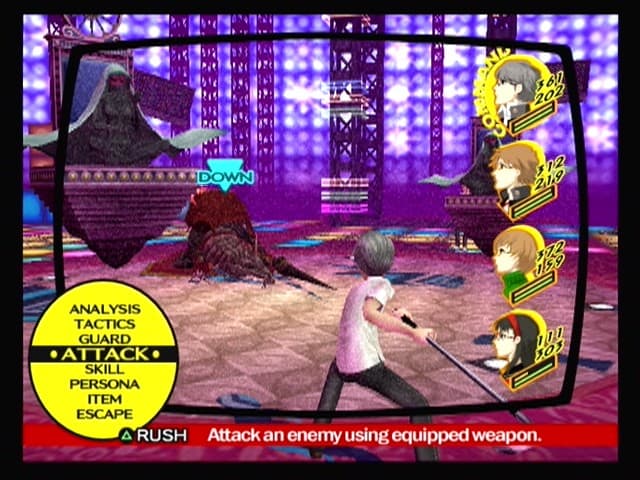
While fans only needed to wait two years for the next installment in the Persona series, Persona 4 exploded in popularity in a way its predecessors could not. This was the game to break through the “just a spin-off” moniker and command respect from the gaming public.
You play as another silent protagonist who moves from the big city to a small, fictional mountain called Inaba, Japan. Immediately upon your arrival, strange happenings start to appear around town, primarily resulting in death. Rumor has it that this is related to the “Midnight Channel,” a secret channel that pops up and reveals a person’s soulmate. The protagonist and his classmates band together to explore the TV world and try to save Inaba.
The gameplay system was overhauled, both in and out of combat. Out of combat, the player’s days were broken into day and night cycles, allowing them to attend classes, work part-time jobs, hang out with friends, or head into the TV World to level up some more. The player also has additional RP attributes — Understanding, Knowledge, Expression, Courage, and Diligence — that affect how characters interact with the player and how the player can respond in kind. In combat, players can now control their party members and perform an “All-Out Attack” on stunned enemies that deals more damage than a normal attack.
Persona 4 Golden (2012)
Golden is a modernized remake of the game and released for the PS Vita in 2012. It added a new character named Marie along with new Personas, outfits, social links, and a new ending. There was also a new feature that utilized the Vita’s wireless communication capabilities that let players call for help in dungeons.
Persona 4 Arena (2012)
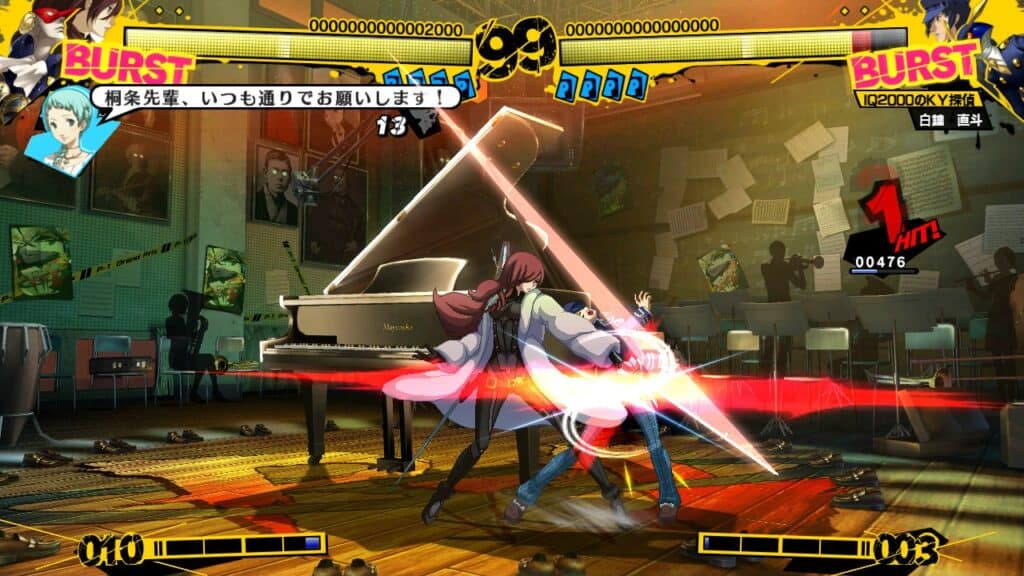
The first Persona fighting game was released on Xbox 360 and PlayStation 3 in the same year as Persona 4 Golden. Arc System Works, the team behind the Guilty Gear and BlazBlue series of fighting games, developed Arena for Atlas. The game combined aspects from the Persona RPGs with the familiar gameplay systems from other anime fighters, including “Burst” and “Awakening” mechanics.
The story follows the Investigation Team after the events of Persona 4 as they hear rumors of another Midnight Channel that advertises a fighting tournament called the “P-1 Grand Prix.” The game introduced three Persona 3 characters into the narrative — Akihikio, Mitsuru, and Aigis — as well as a new character, Labrys, along with her Shadow counterpart.
Persona 4 Arena Ultimax (2013)
A year later, Persona 4 Arena Ultimax released as a sequel to the original Arena. This game added new characters from both Persona 4 and Persona 3, changed frame data and other combat mechanics from the original game, and introduced “Shadow” versions of most of the roster. Shadow characters deal less damage with normal attacks but maintain their SP from round to round. They also have the exclusive “Shadow Rampage” ability that gives them infinite meter for a short time.
Persona 4: Dancing All Night (2015)
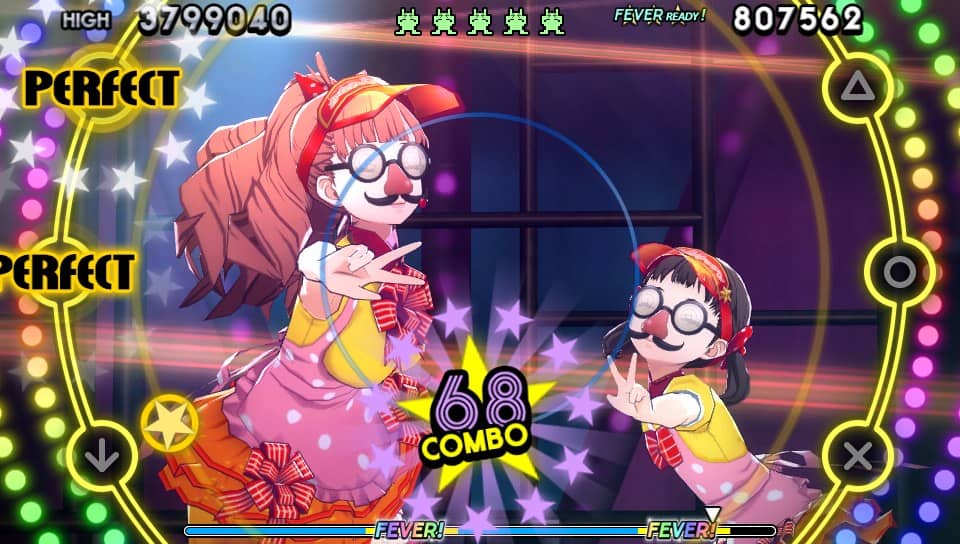
The next non-rpg spinoff from the budding Persona 4 games was Dancing All Night, a rhythm game released for the PS Vita. Using a combination of the control pad and face buttons, players dance their way through some of the game’s most iconic songs from the game as well as remixes from popular musicians.
The game takes place after Persona 4 Golden’s epilogue and features Rise returning to the idol industry. She asks her friends to join her in a music video when strange things start to happen again.
Persona 5 (2016)
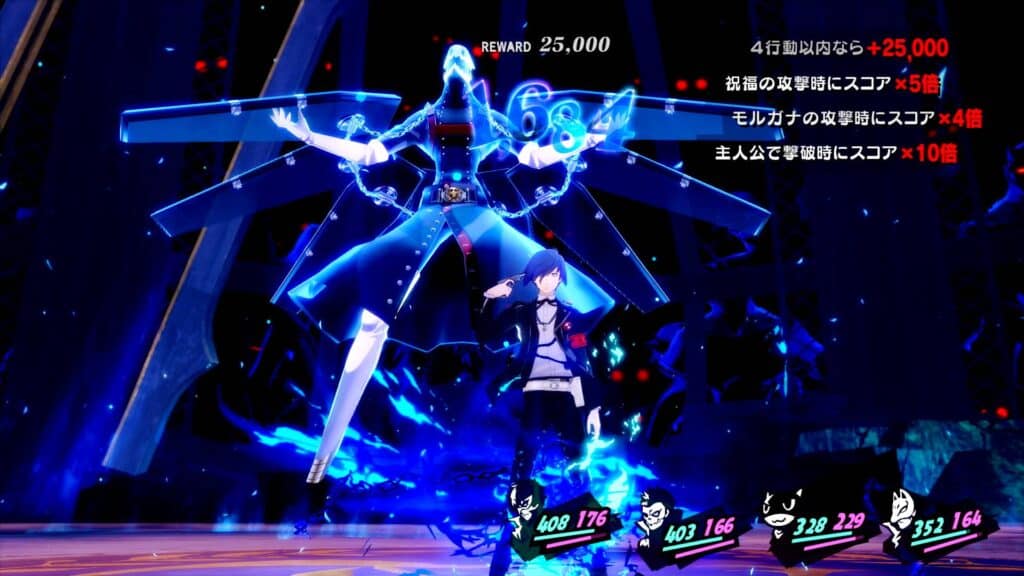
After seven years, a Persona game came out that didn’t stem from Persona 4. Persona 5 released to critical acclaim, mostly because it’s a fantastic game, but also because it wasn’t another Persona 4 spin-off. The game revolves around another silent protagonist, codenamed “Joker,” and his high school classmates. The crew calls themselves “The Phantom Thieves of Hearts” and their goal is to fix the hearts of adults throughout Tokyo.
The Social Link system evolves into the “Confidant” system but functions mostly the same. Improving Confidant levels unlock new in-combat and out-of-combat abilities. Playing on the “Thieves” name, the game also features more stealth-based options while in dungeons, allowing players to sneak up on foes — or avoid them altogether. The game also allows players to “unlock” their “Third Eye,” which assists with completing puzzles and identifying strong opponents.
Persona 5 Royal (2019)
Three years later, Persona 5 got its own re-release on a new console in the form of Royal. The game didn’t have much in the way of gameplay changes but did introduce two new characters to the story.
Persona Q2: New Cinema Labyrinth (2018)
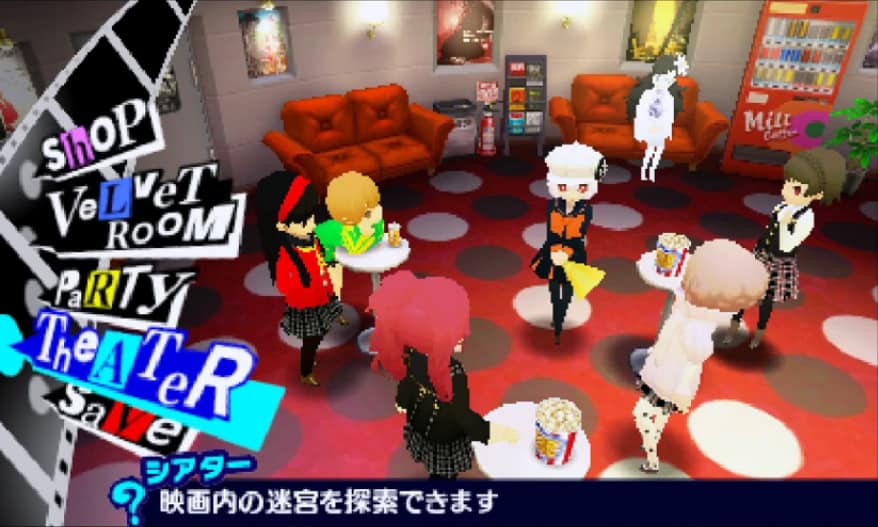
In the sequel to the first Persona Q dungeon-crawler RPG, New Cinema Labyrinth stars the Persona 5 team as they try to not just save themselves from an alternate dimension, but characters from Persona 3 and 4. The game was made easier for new players who may have joined the series with Persona 5 and toned down horror aspects that were prevalent in older titles.
Persona 3: Dancing in Moonlight and Persona 5: Dancing in Starlight (2018)
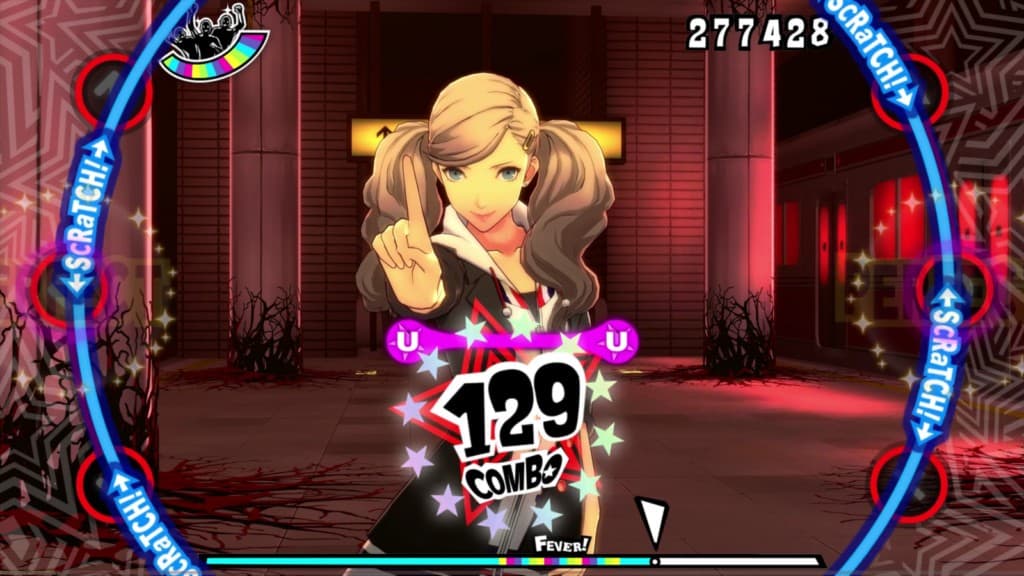
The SEES and Phantom Thieves do battle on the dance floor in the latest rhythm games in the Persona series. Dancing in Moonlight stars the Persona 3 crew while Dancing in Starlight stars the Phantom Thieves from Persona 5. The games follow the same story thread of seeing which Velvet Room attendant has the better guests. Moonlight and Starlight don’t make many changes to the core gameplay of the Dancing series — but why mess with success?
Persona 5 Strikers (2020)
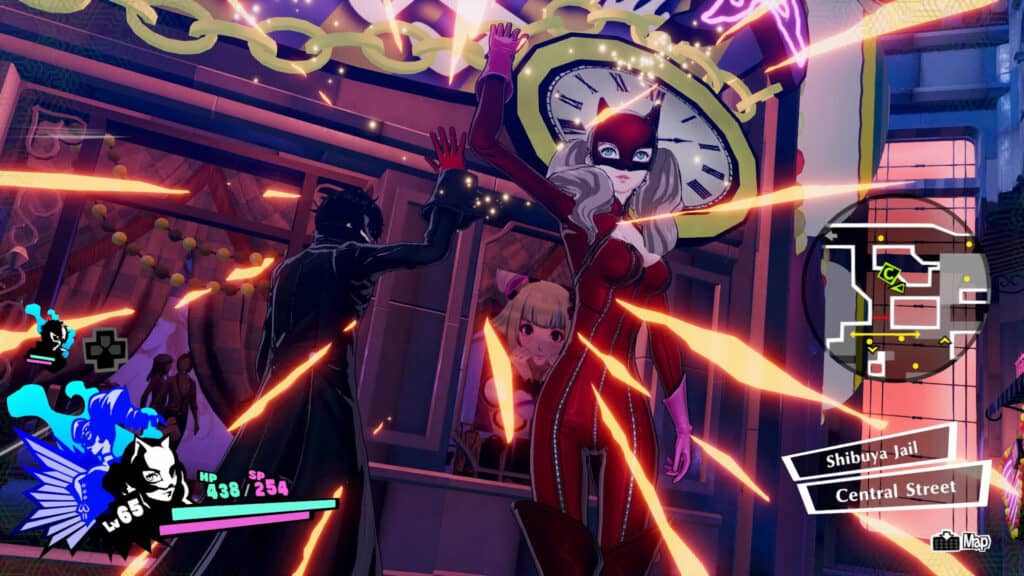
In what might be the wildest mashup in Persona history, Strikers combines Persona’s turn-based dungeon-crawling RPG elements with hack-and-slash mechanics found in Dynasty Warriors games. The story follows Joker’s return to Tokyo on summer vacation, where he and his friends are thrust back to the Metaverse.
All Persona Games in Release Order
- Shin Megami Tensei: Persona (aka Revelations: Persona) (1996)
- Shin Megami Tensei: Persona 2 – Innocent Sin (1999)
- Shin Megami Tensei: Persona 2 – Eternal Punishment (2000)
- Shin Megami Tensei: Persona 3 (2006)
- Shin Megami Tensei: Persona 3 FES (2007)
- Shin Megami Tensei: Persona 4 (2008)
- Shin Megami Tensei: Persona 3 Portable (2009)
- Persona 4 Golden (2012)
- Persona 4 Arena (2012)
- Persona 4 Arena Ultimax (2013)
- Persona Q: Shadow of the Labyrinth (2014)
- Persona 4: Dancing All Night (2015)
- Persona 5 (2016)
- Persona 3: Dancing in Moonlight and Persona 5: Dancing in Starlight (2018)
- Persona Q2: New Cinema Labyrinth (2018)
- Persona 5 Royal (2019)
- Persona 5 Strikers (aka Persona 5 Scramble: The Phantom Strikers) (2020)
There are two Persona games that are yet to be released as of now:
- Persona 5 Tactica (2023)
- Persona 3 Reload (2024)
